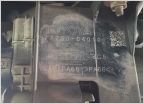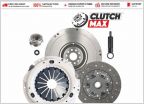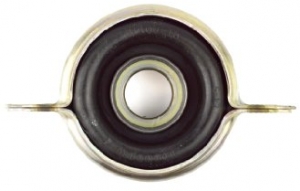-
Welcome to Tacoma World!
You are currently viewing as a guest! To get full-access, you need to register for a FREE account.
As a registered member, you’ll be able to:- Participate in all Tacoma discussion topics
- Communicate privately with other Tacoma owners from around the world
- Post your own photos in our Members Gallery
- Access all special features of the site
EV’s Have Officially Lost to the Tacoma!!
Discussion in 'General Tacoma Talk' started by Philhutch80, Oct 28, 2023.
Page 2 of 2
Page 2 of 2


 ARB Twin Compressor Install Question
ARB Twin Compressor Install Question 2018 Tacoma cruise/ Traction Control malfunction
2018 Tacoma cruise/ Traction Control malfunction Good Front & Rear Dash Cam Setup?
Good Front & Rear Dash Cam Setup? 09 Tacoma radio wire harness
09 Tacoma radio wire harness Anyone Have an Opinion on Clutch Max clutches?
Anyone Have an Opinion on Clutch Max clutches? Advantages to a Topper/Camper?
Advantages to a Topper/Camper?











































































